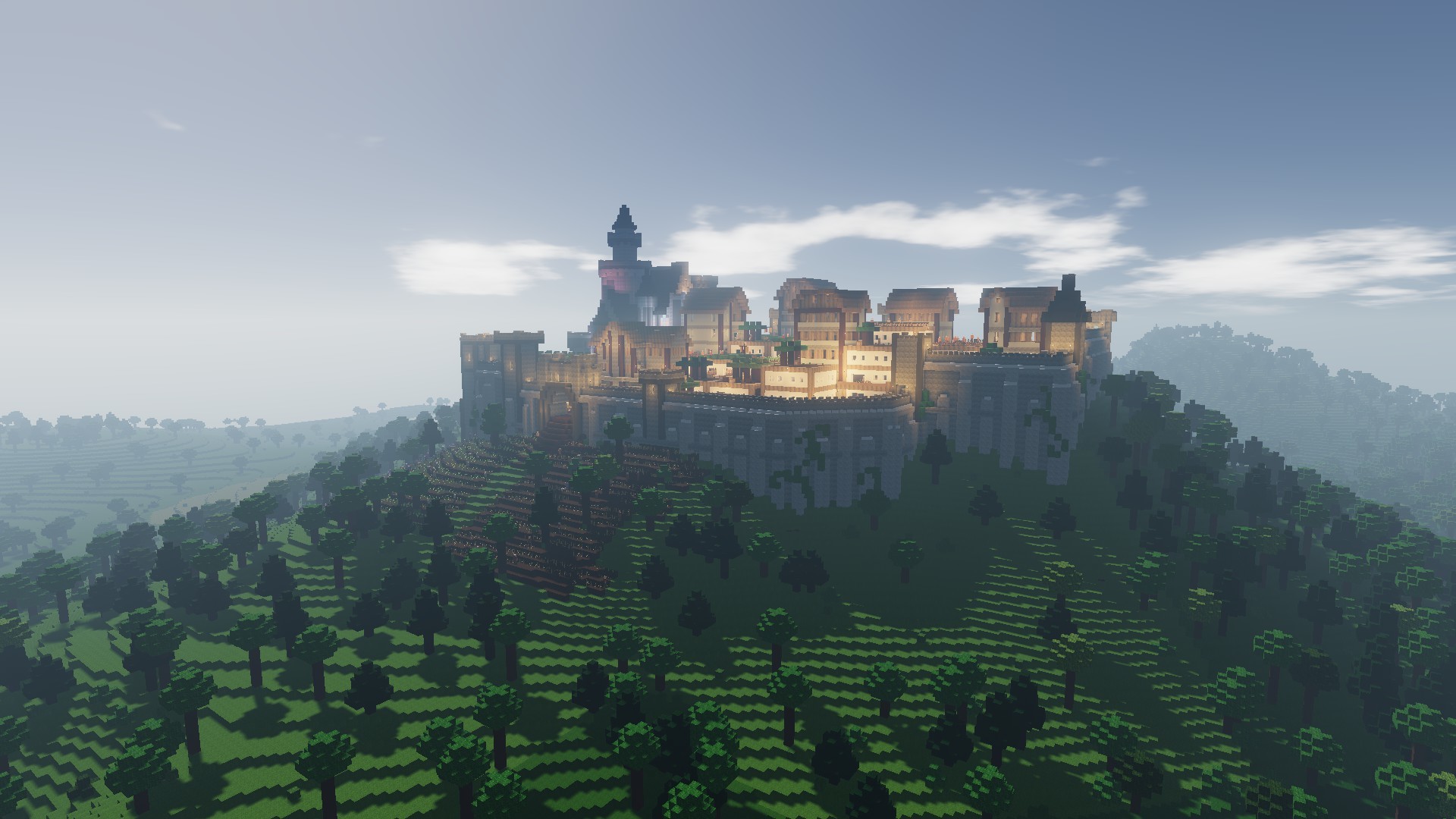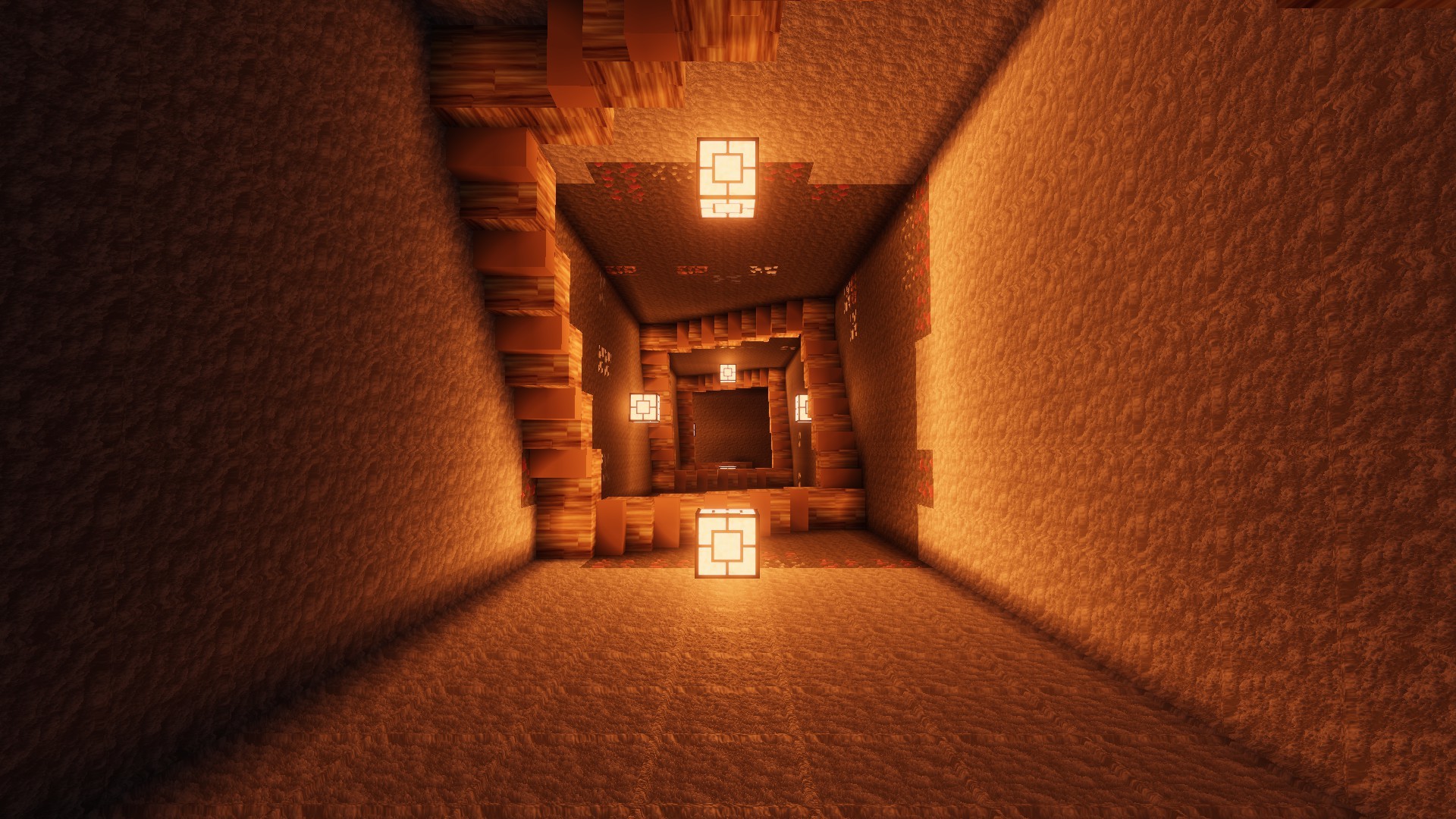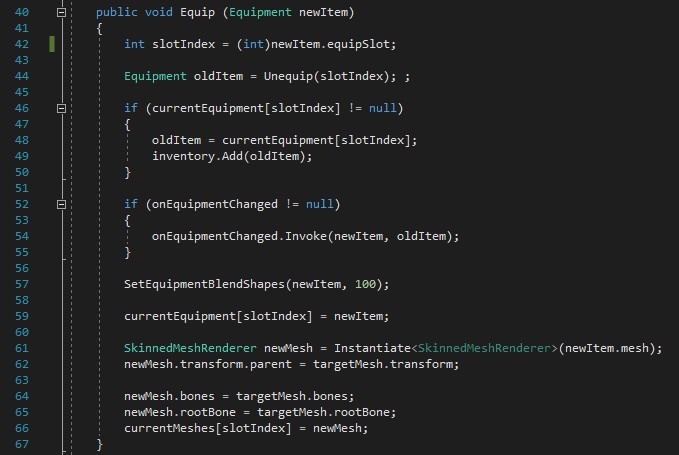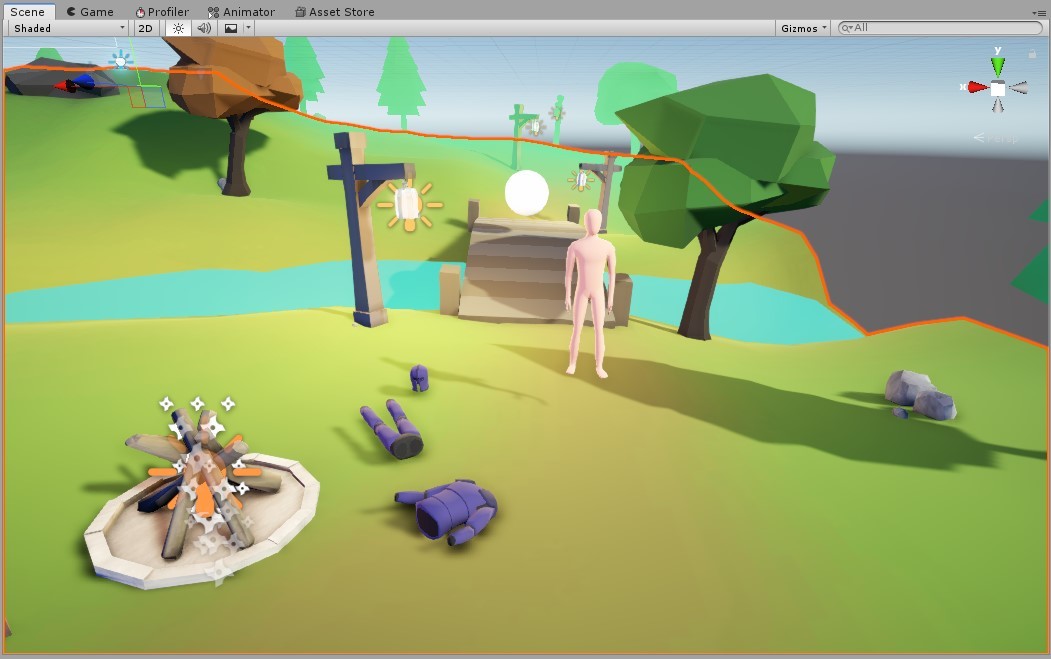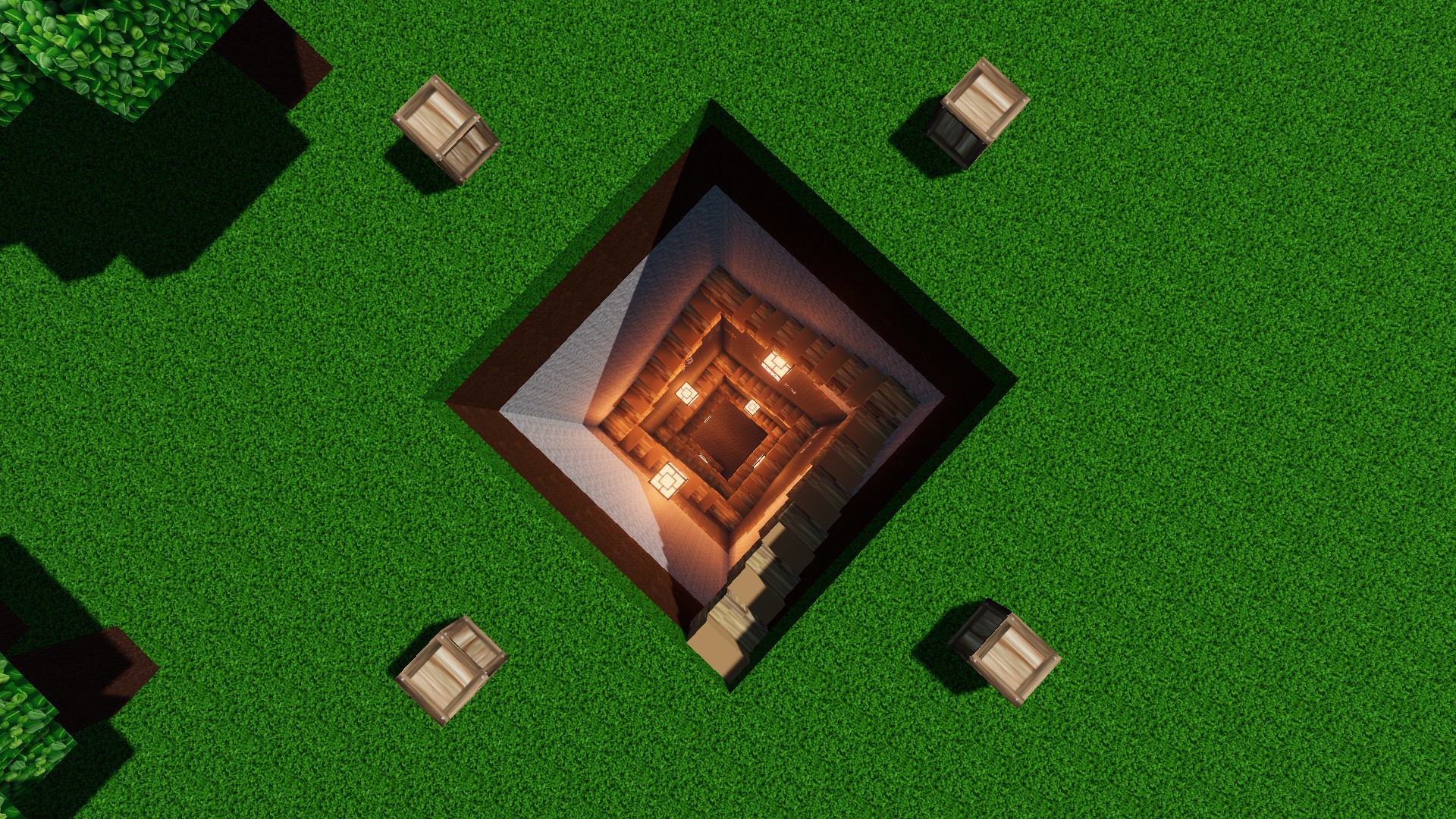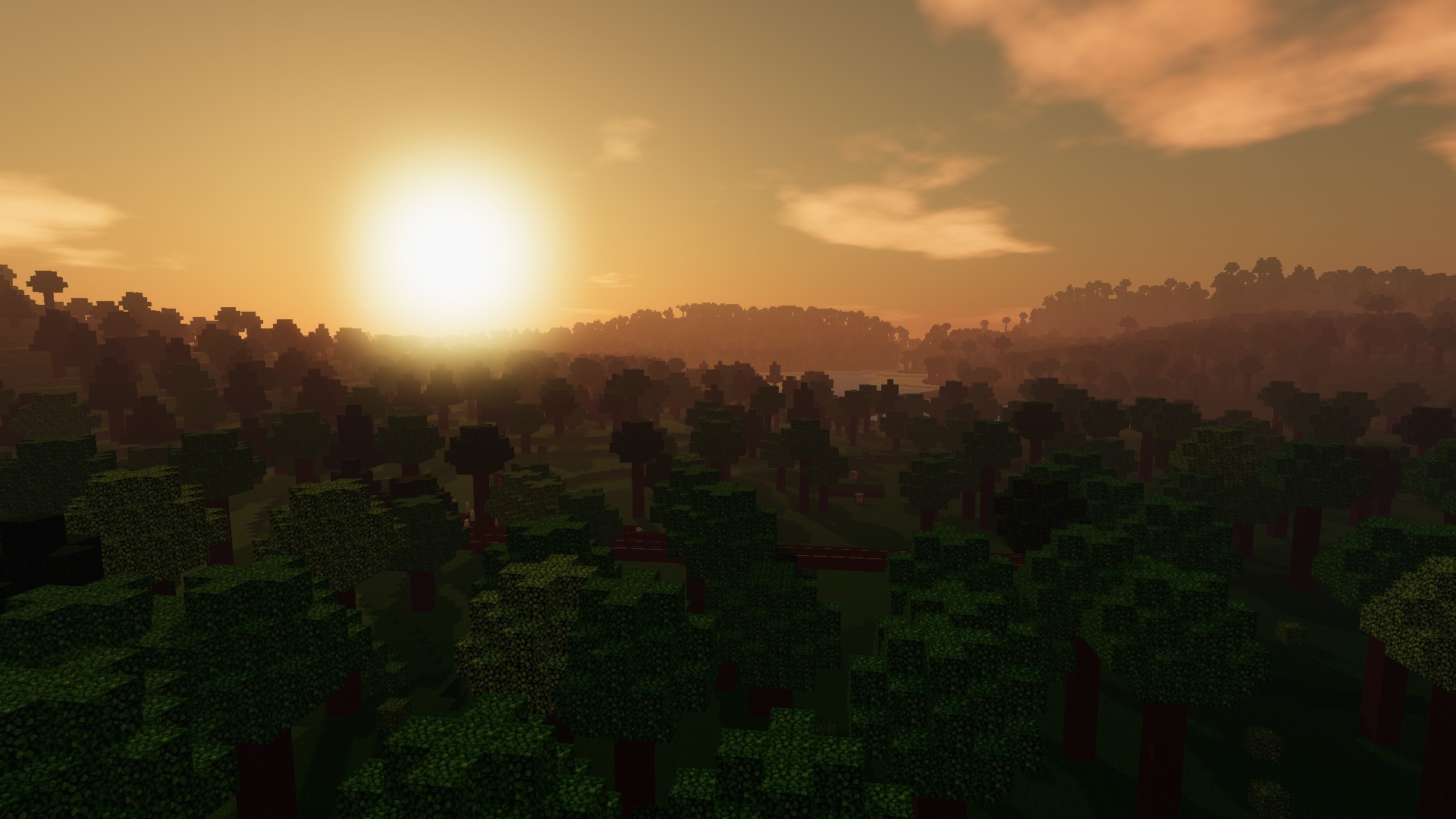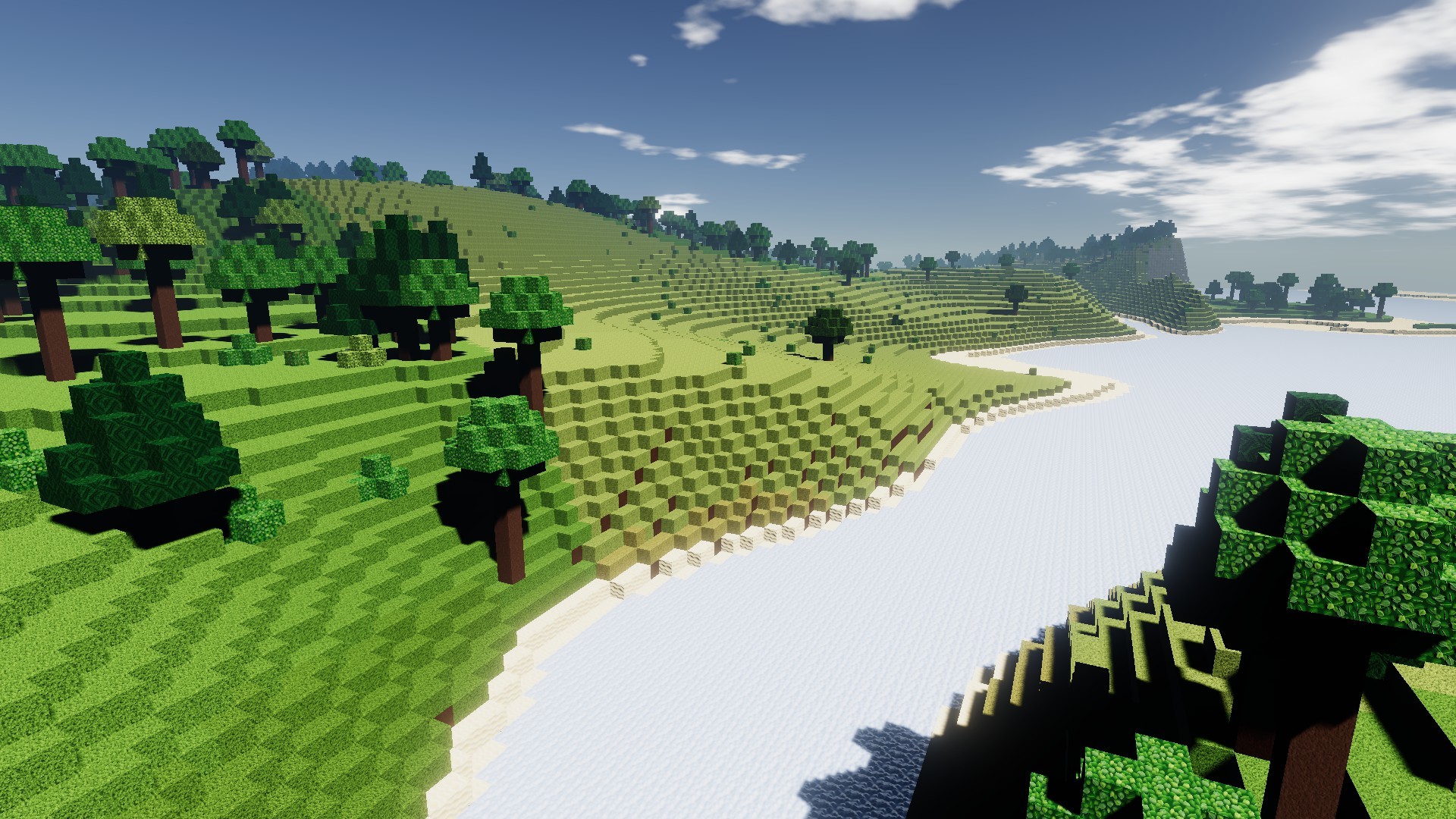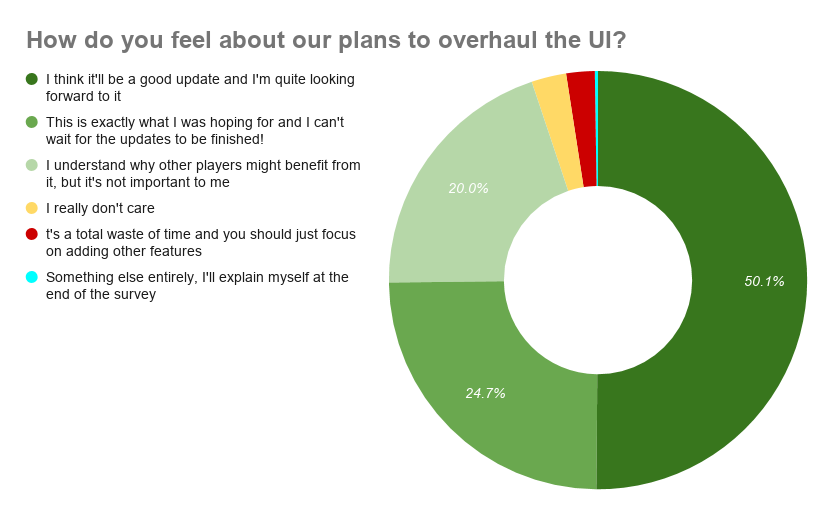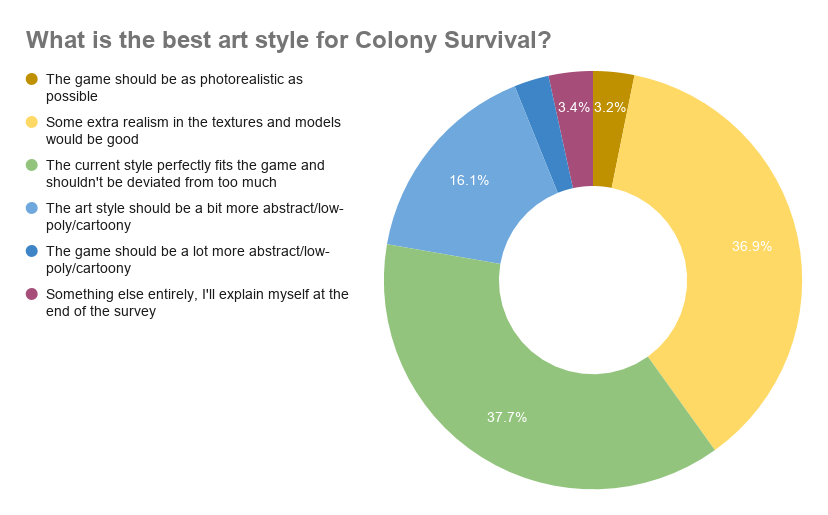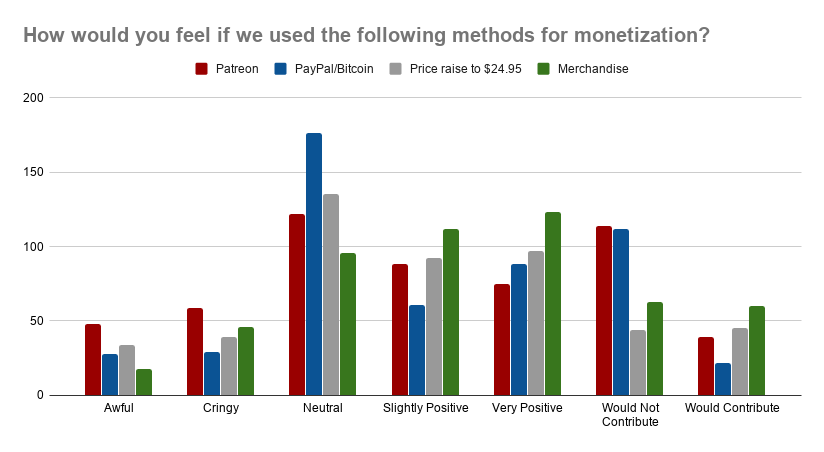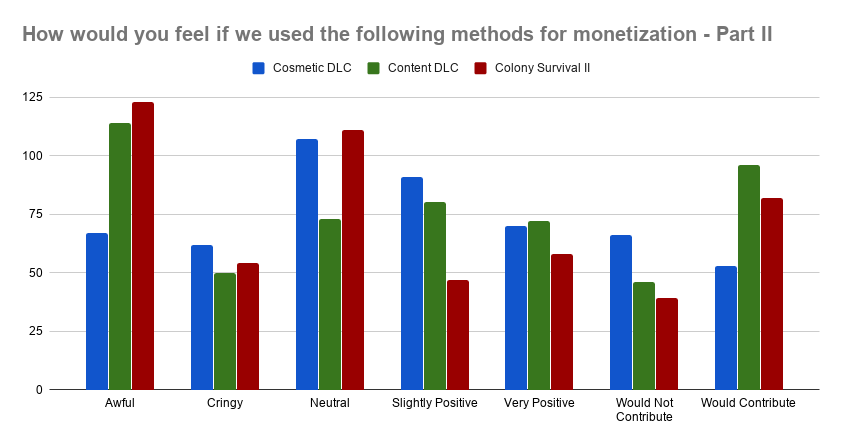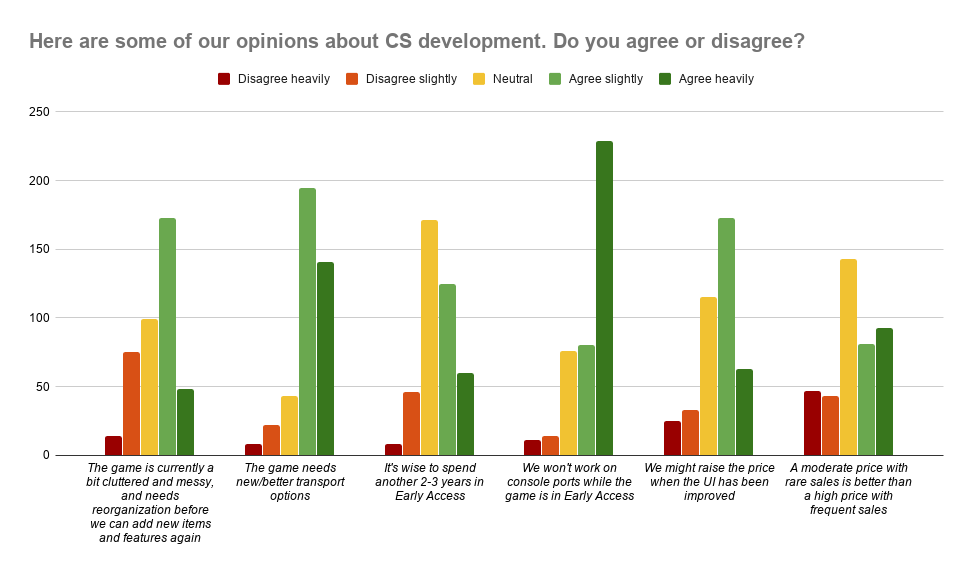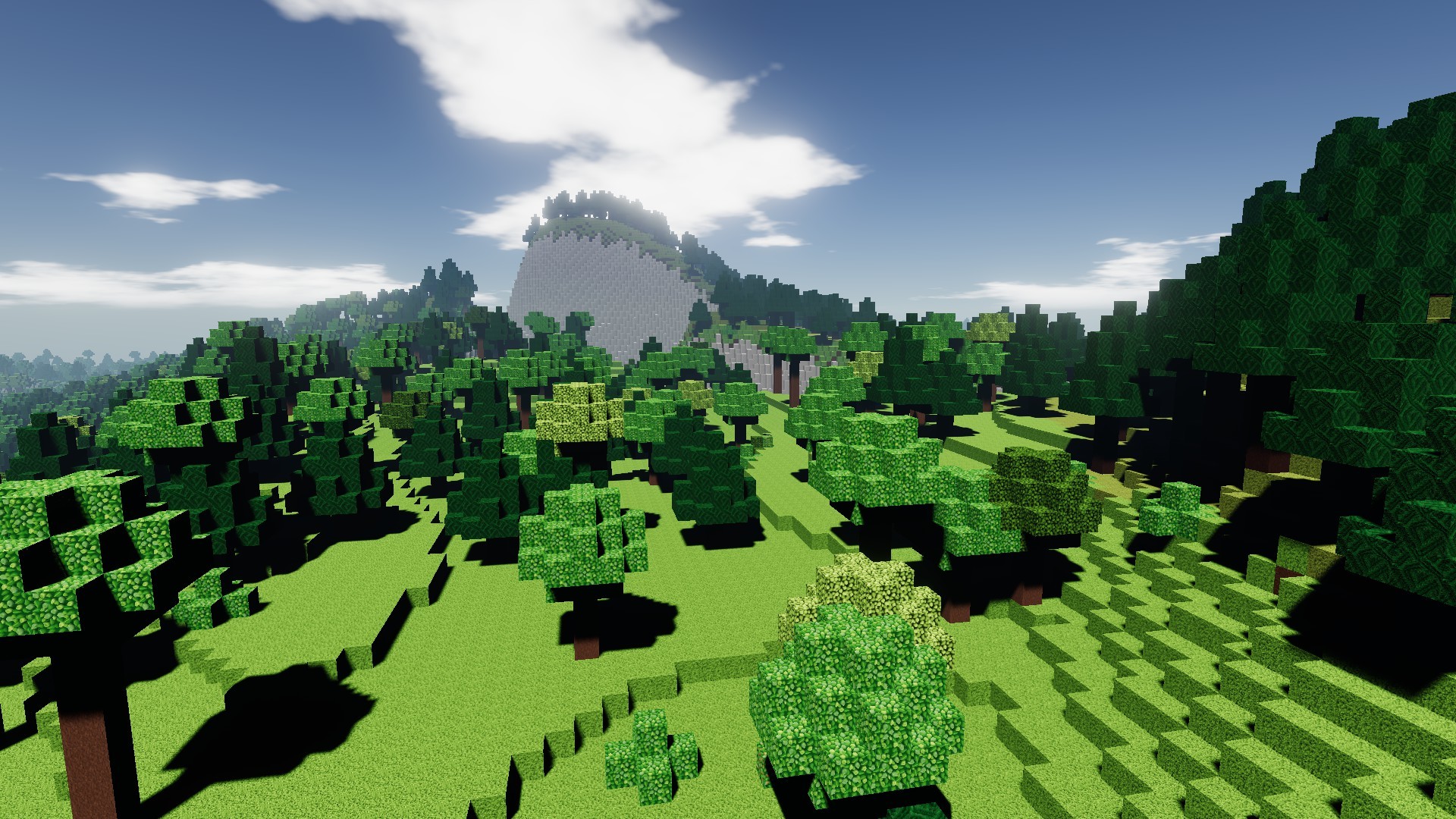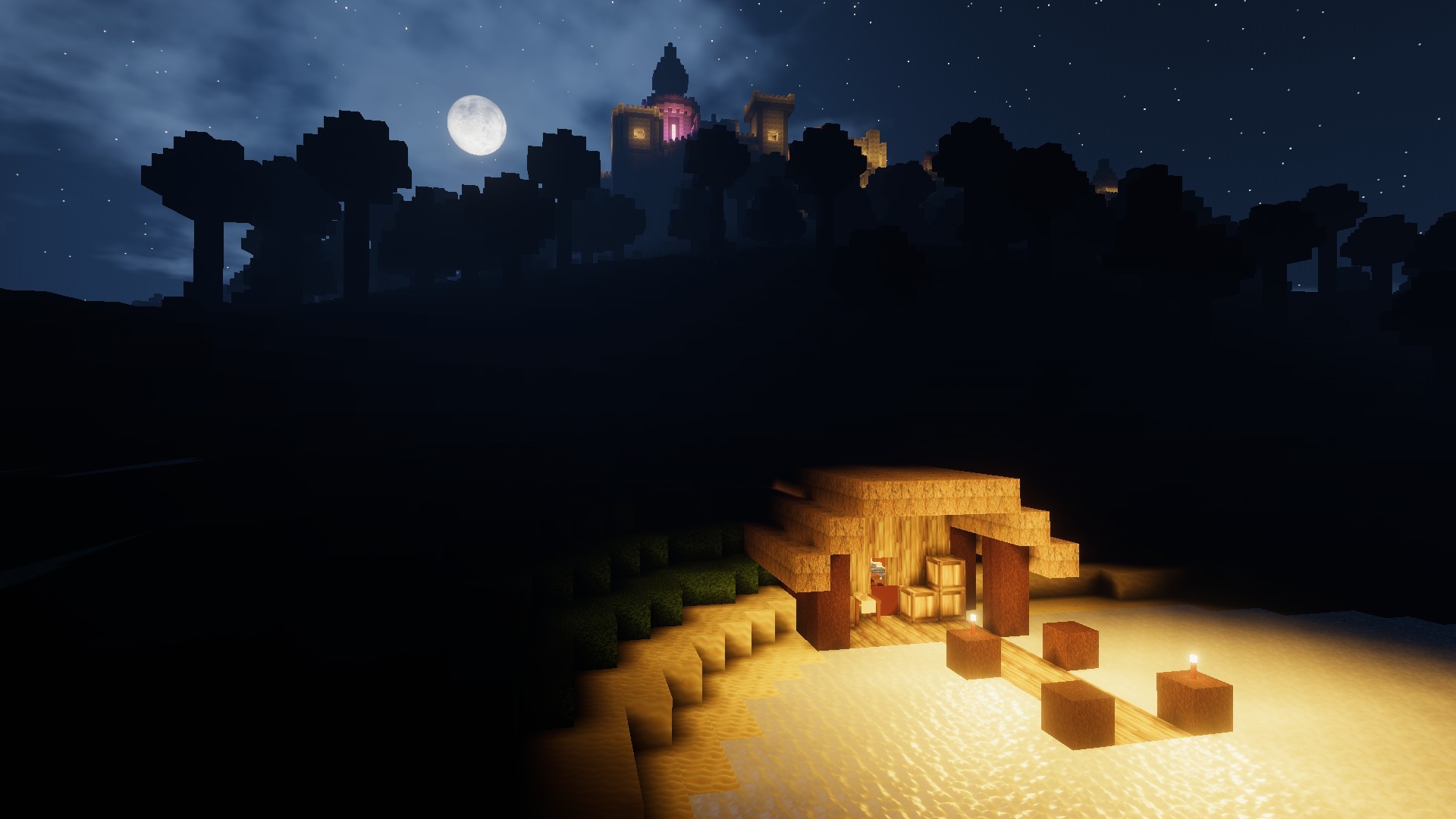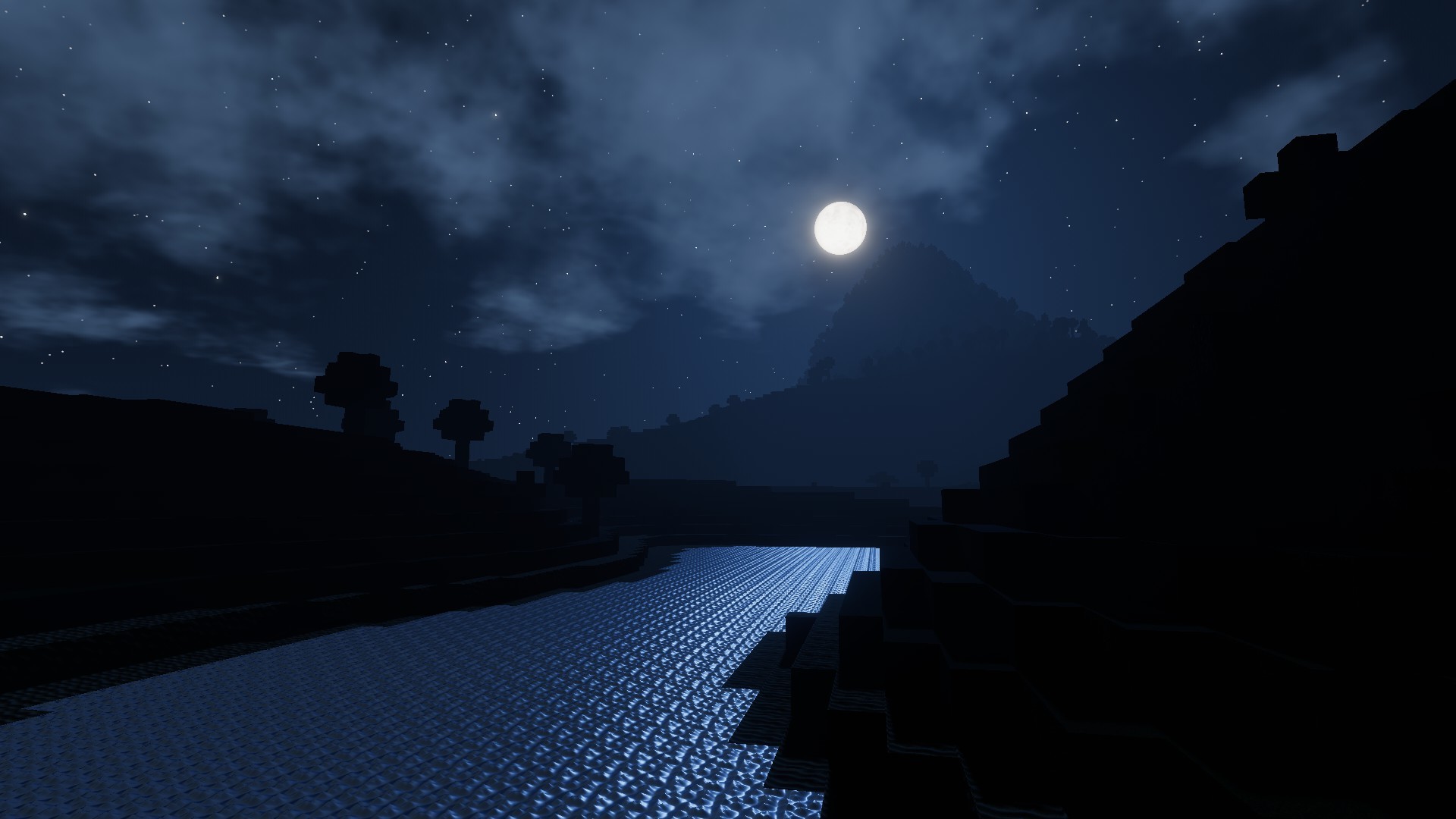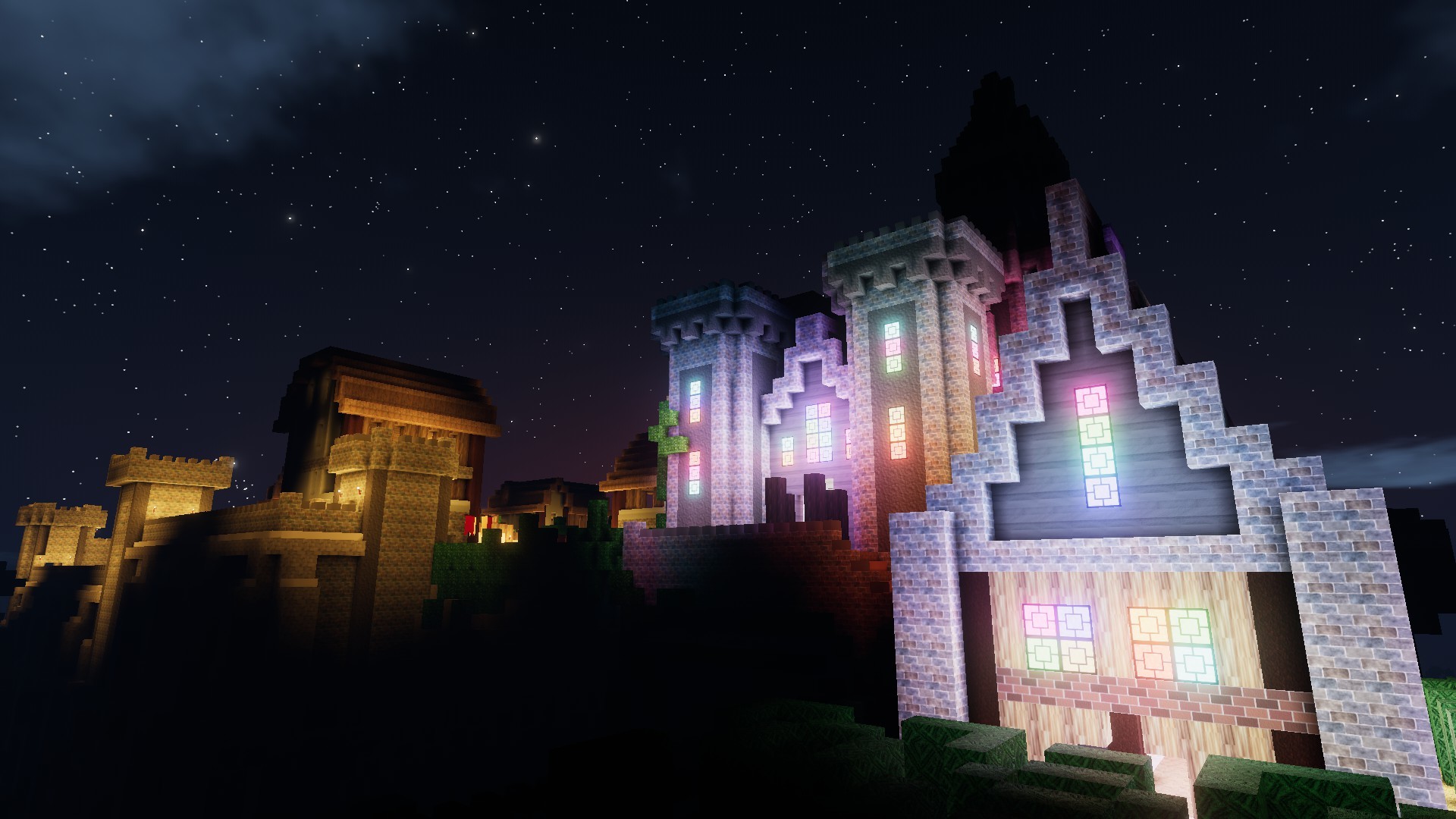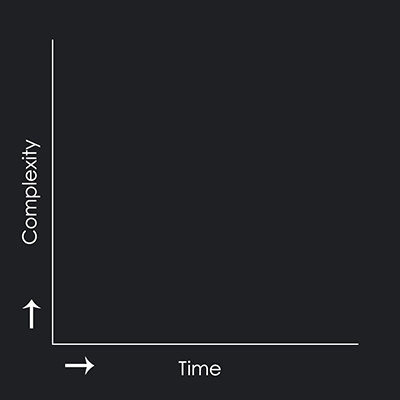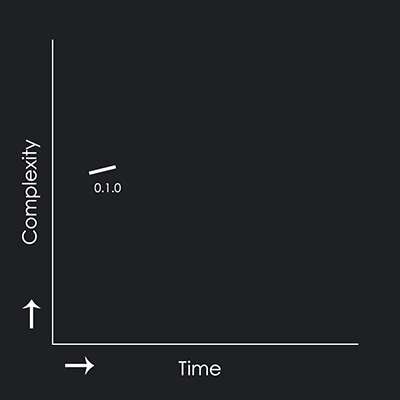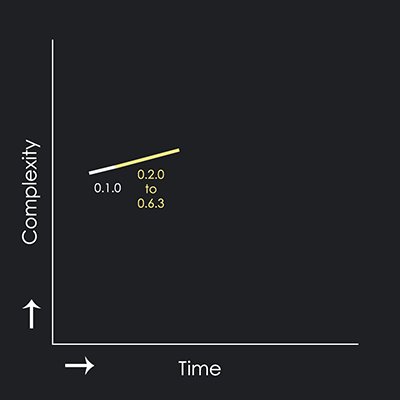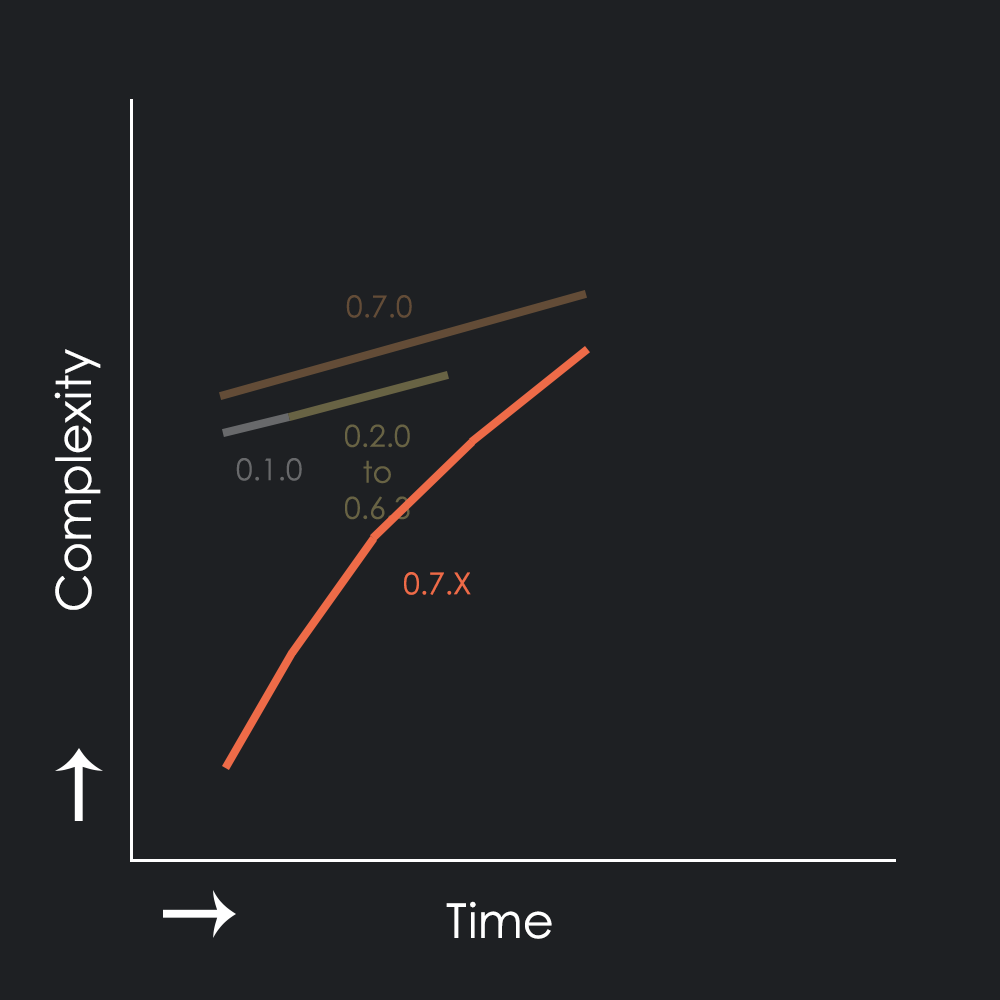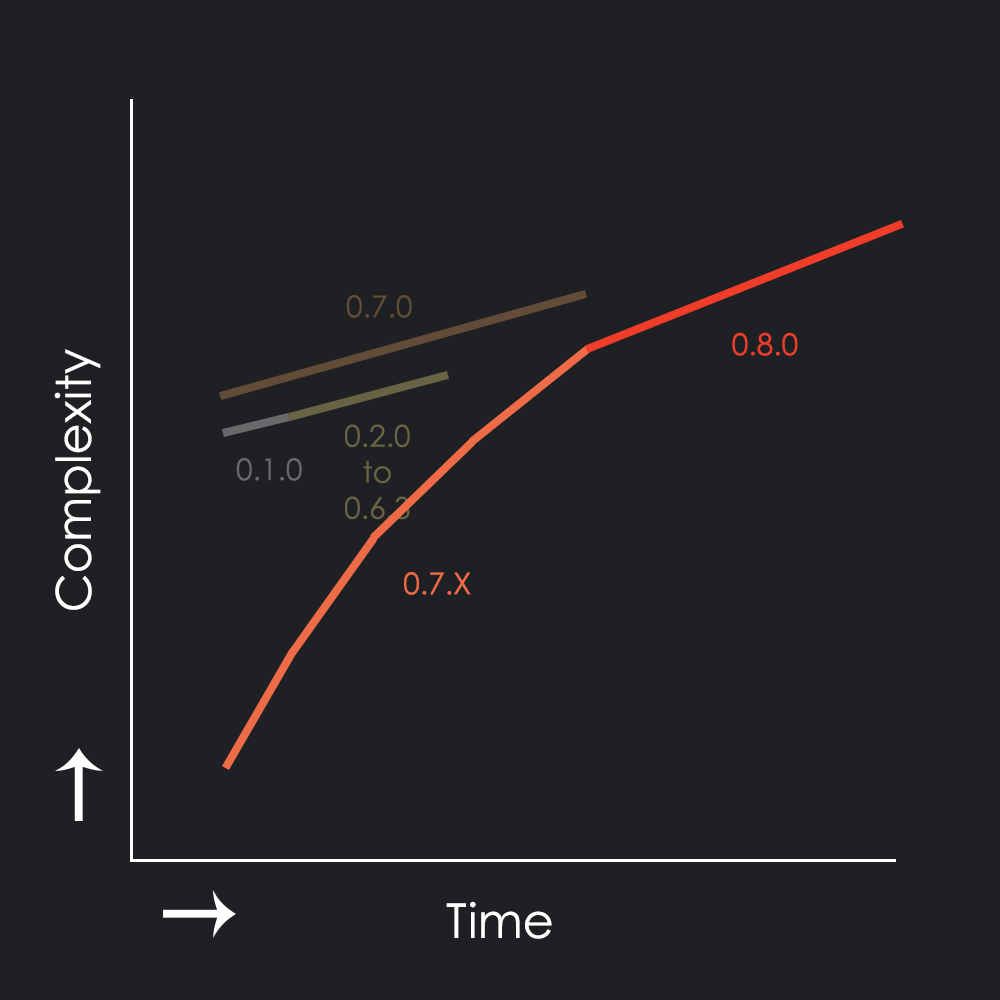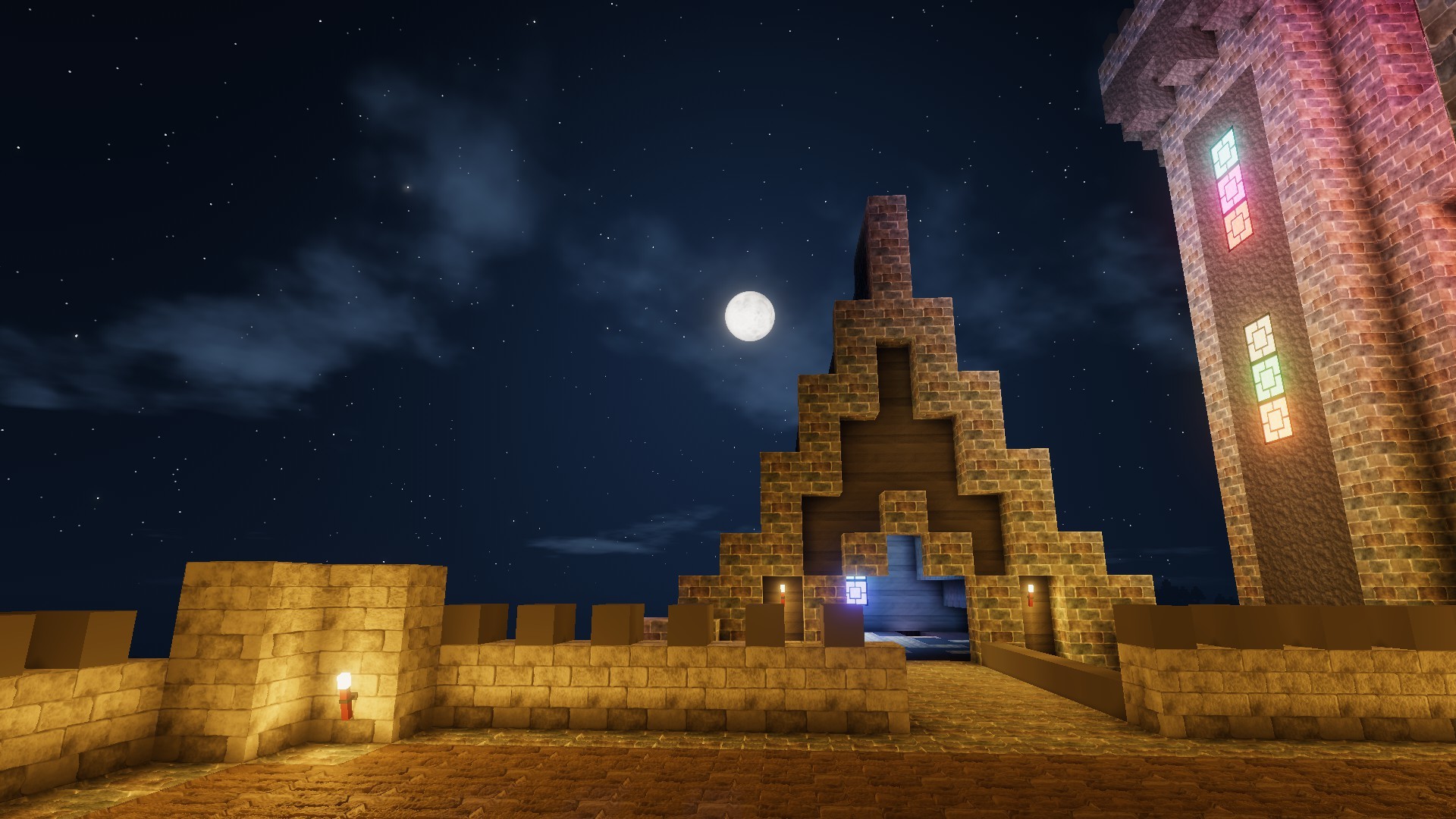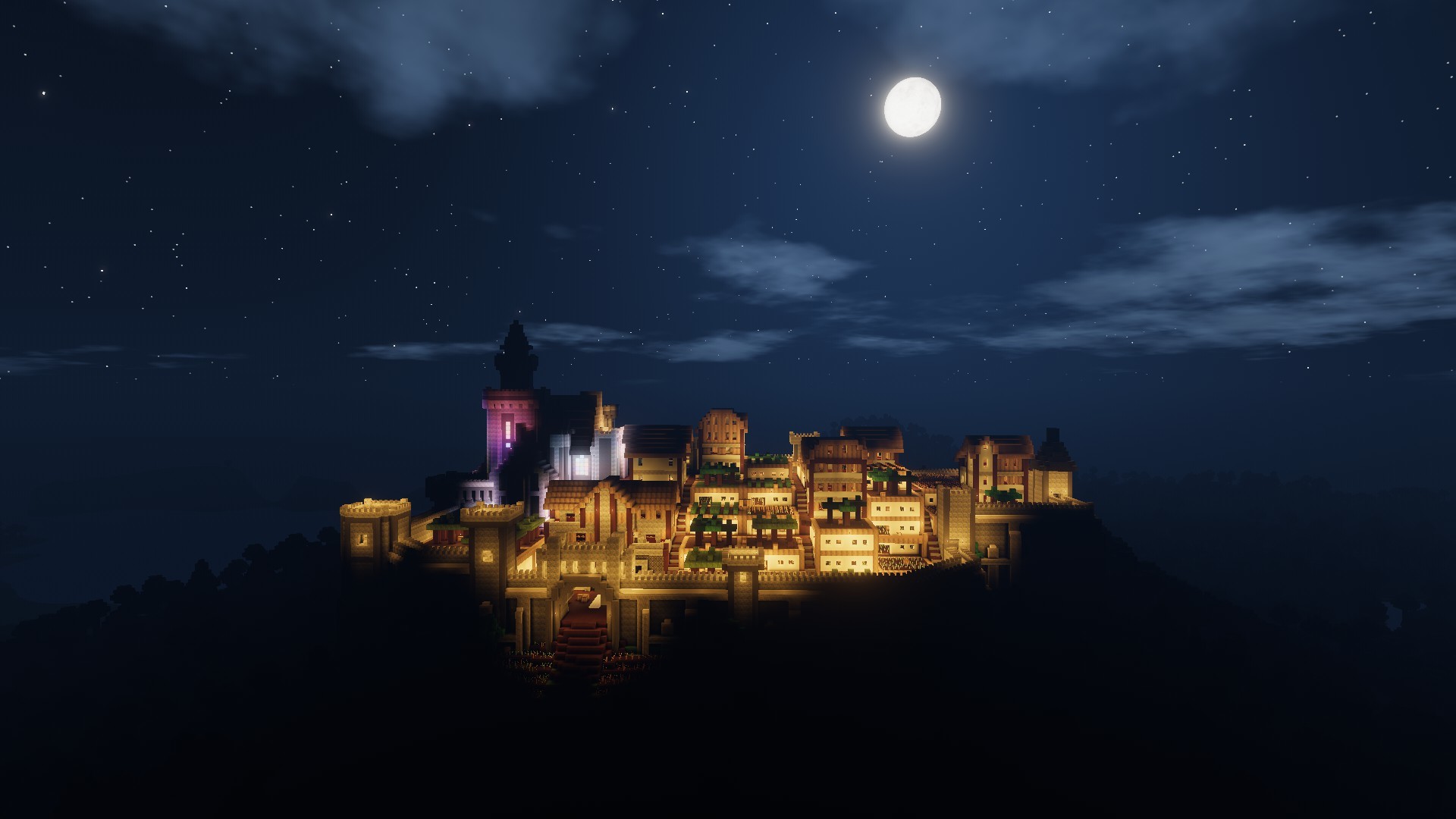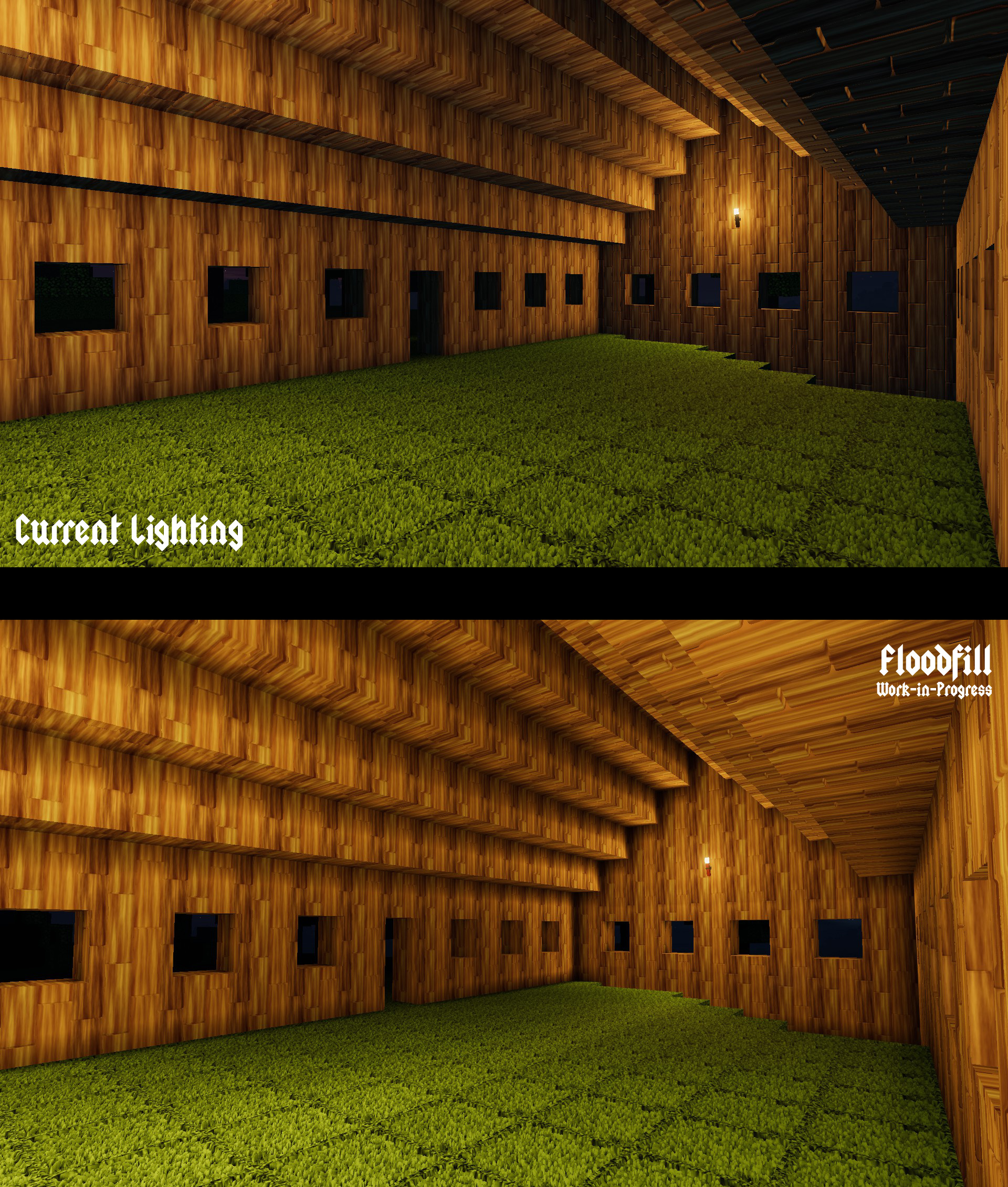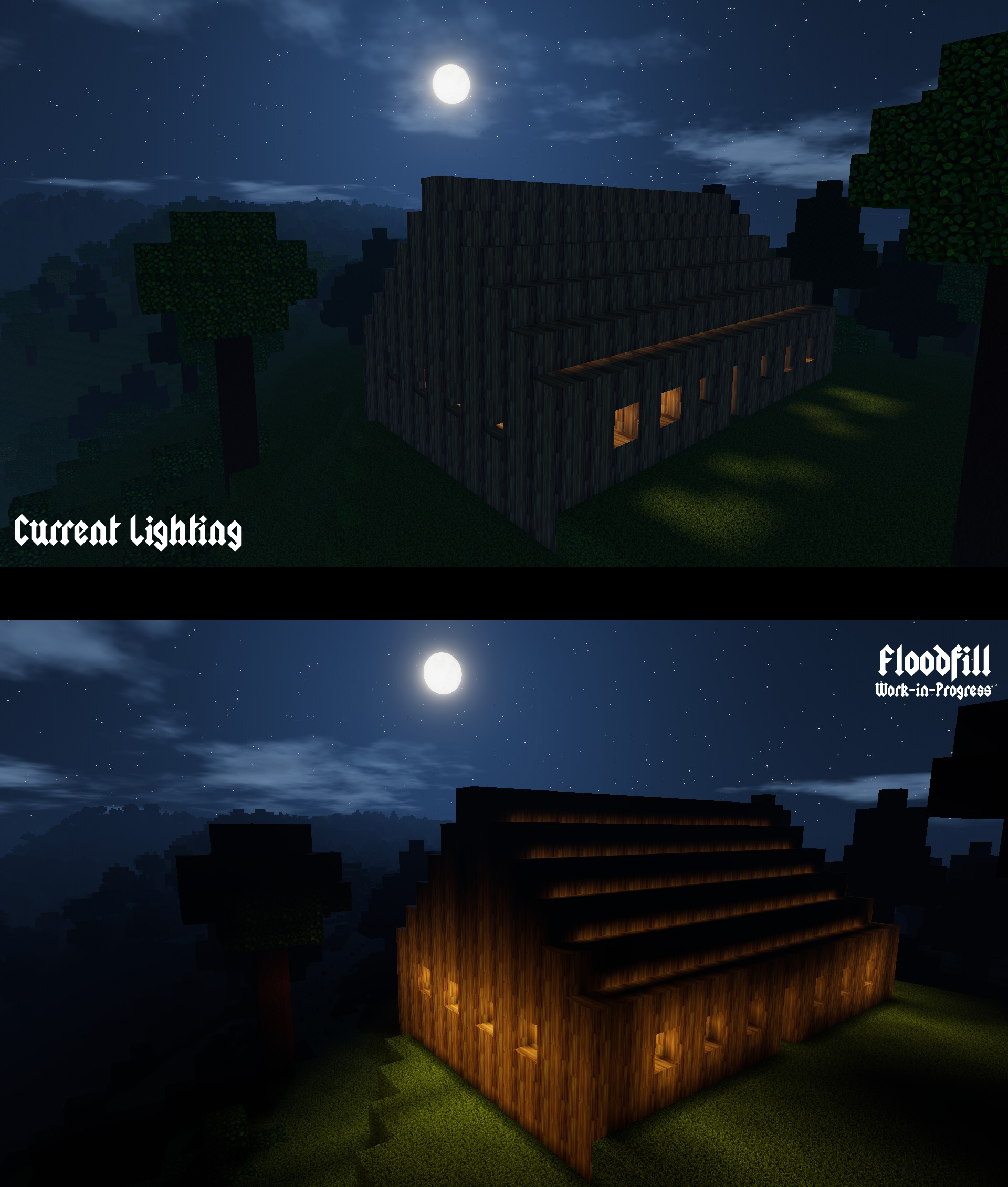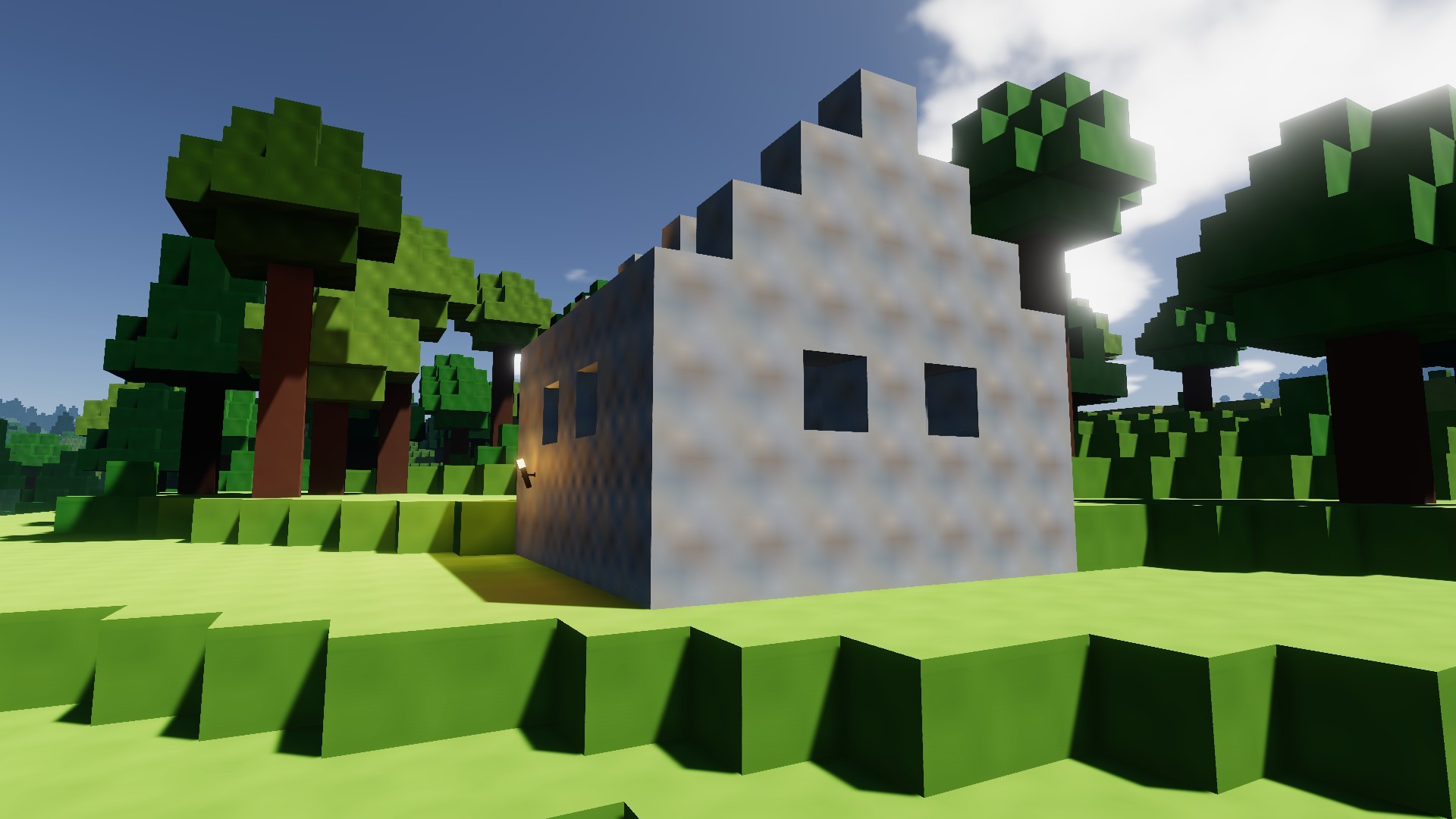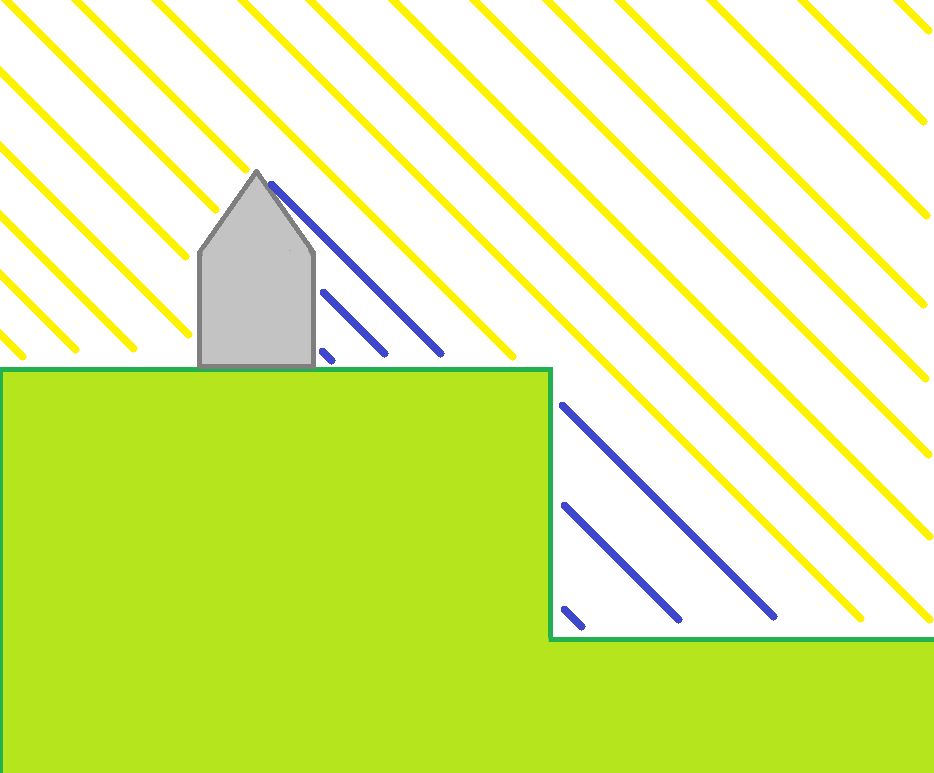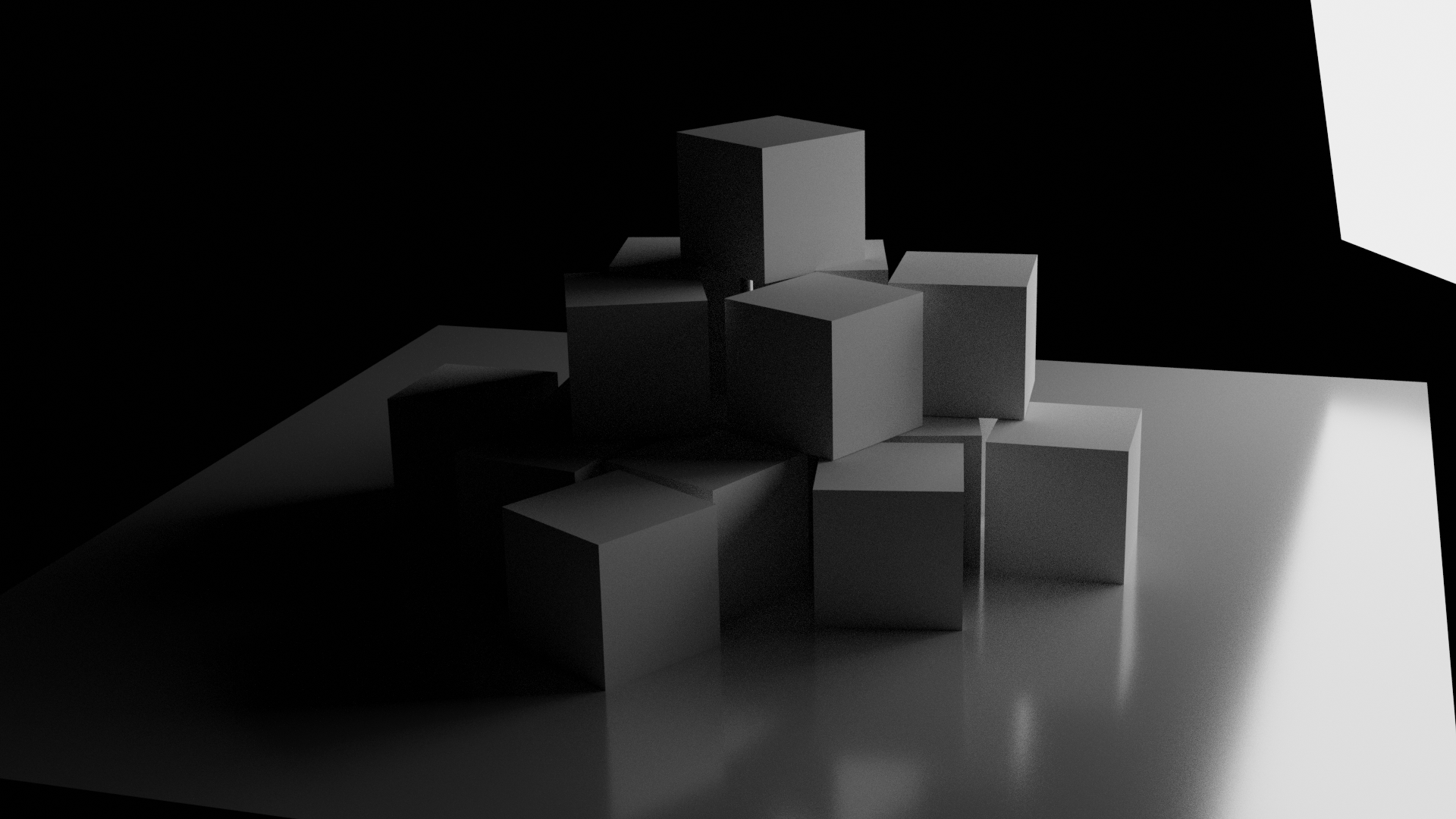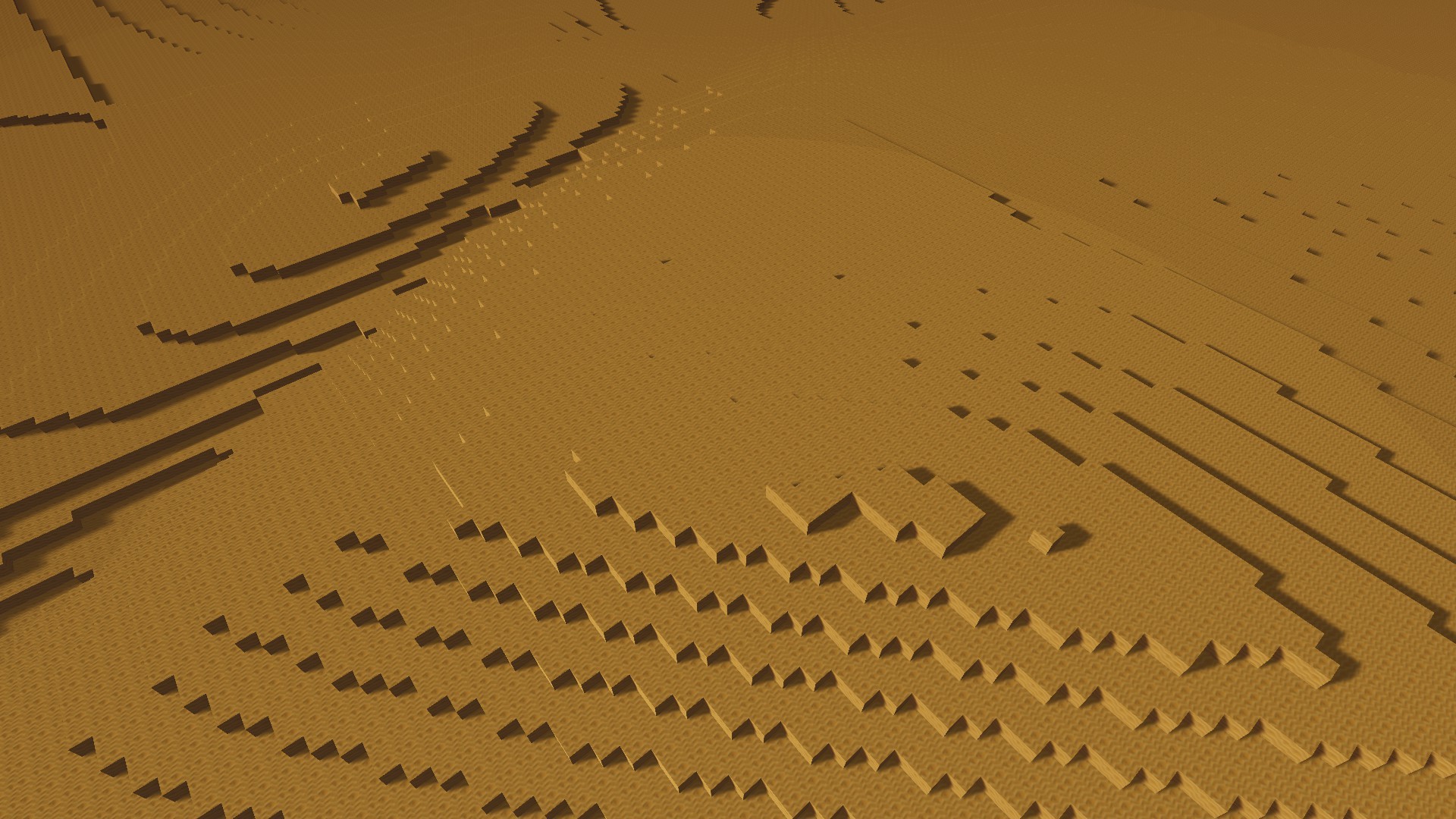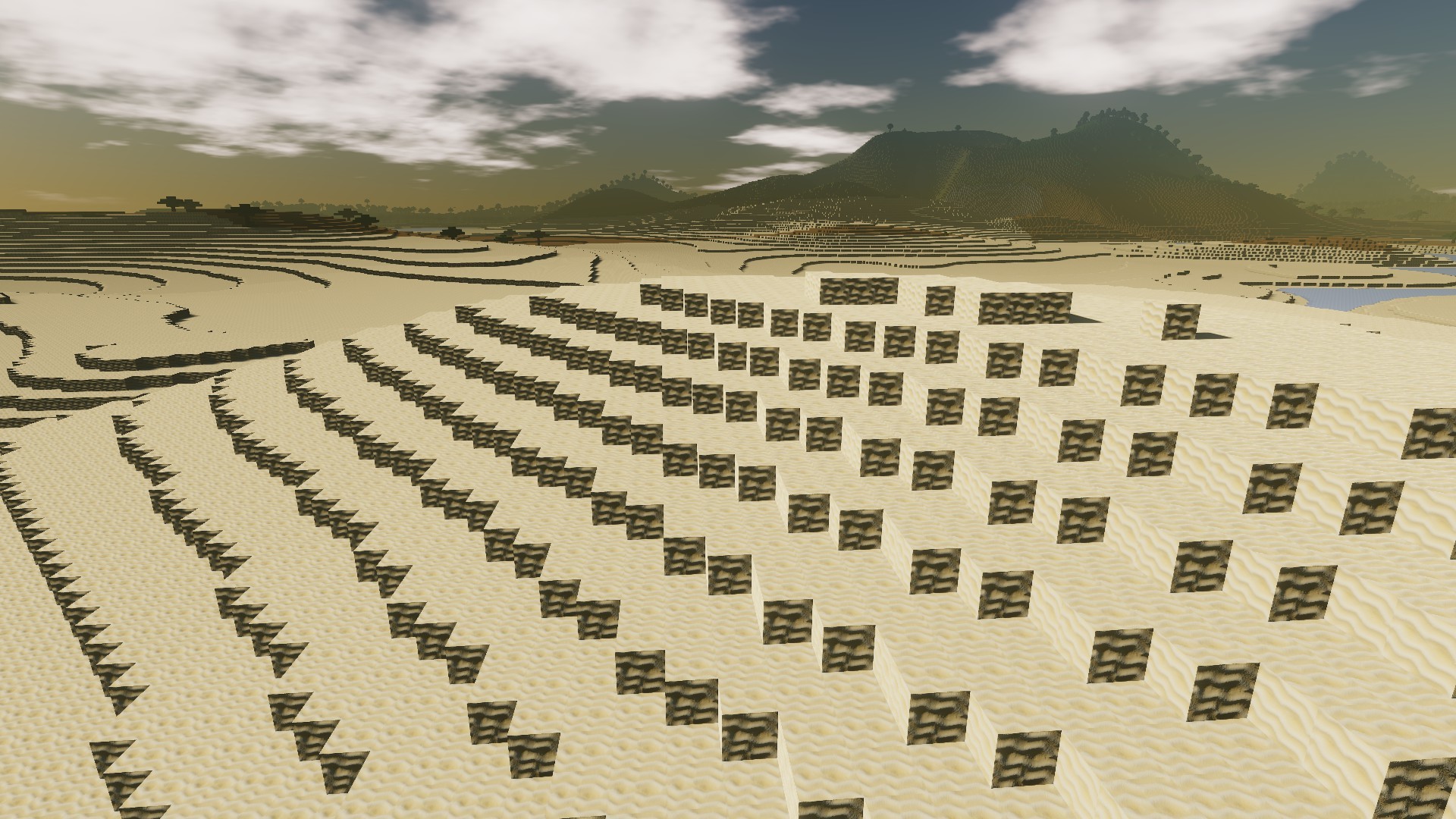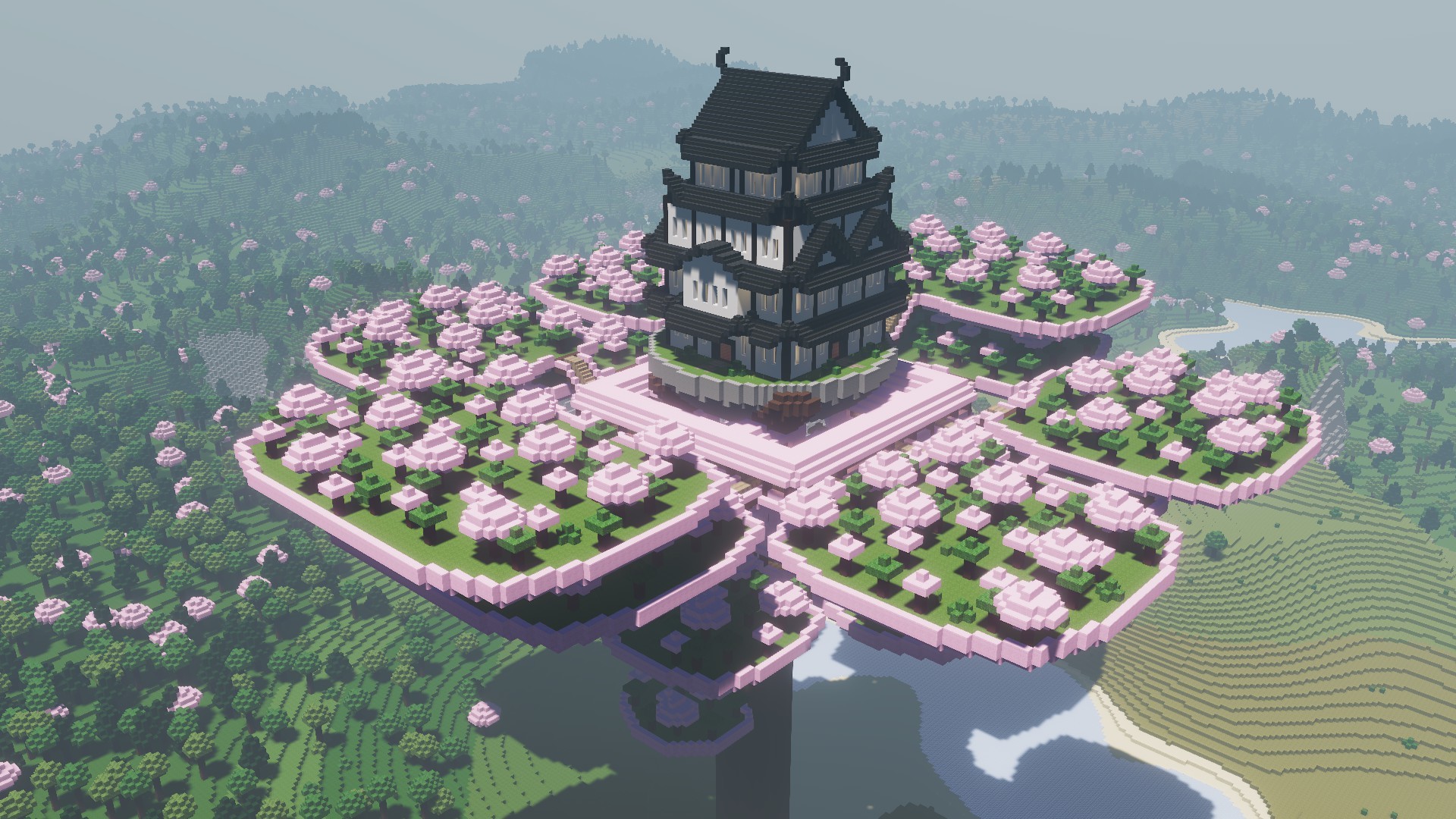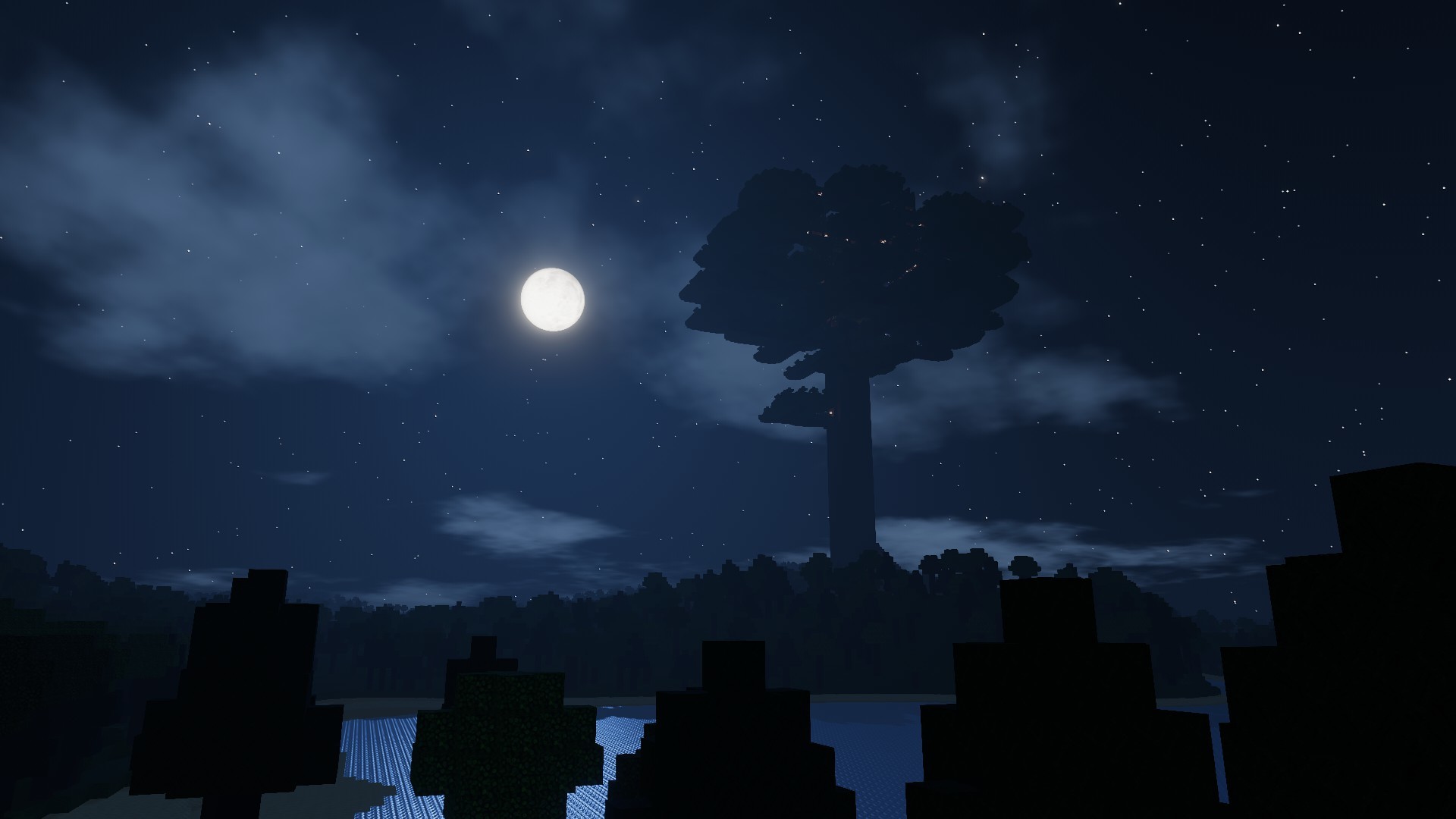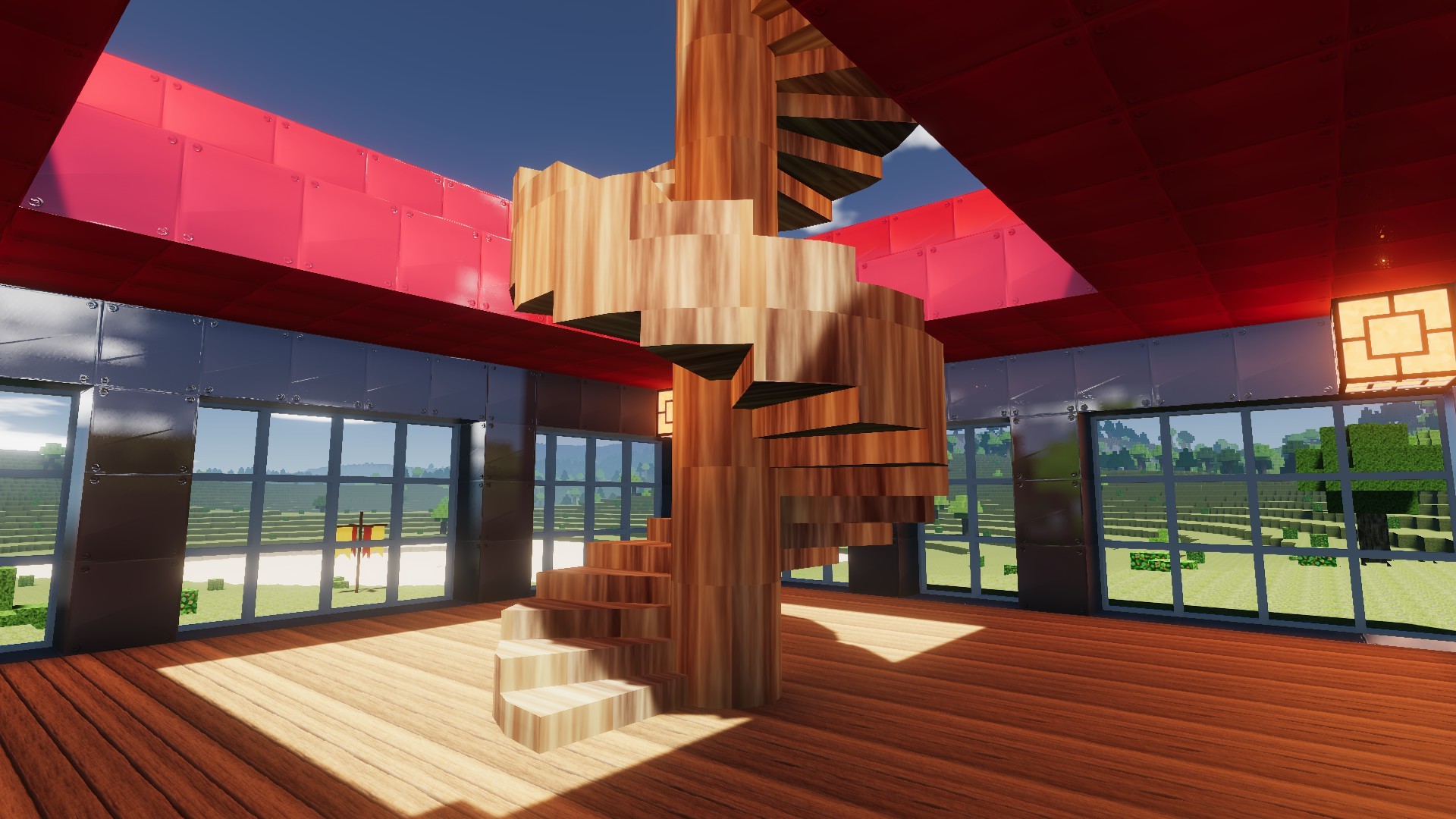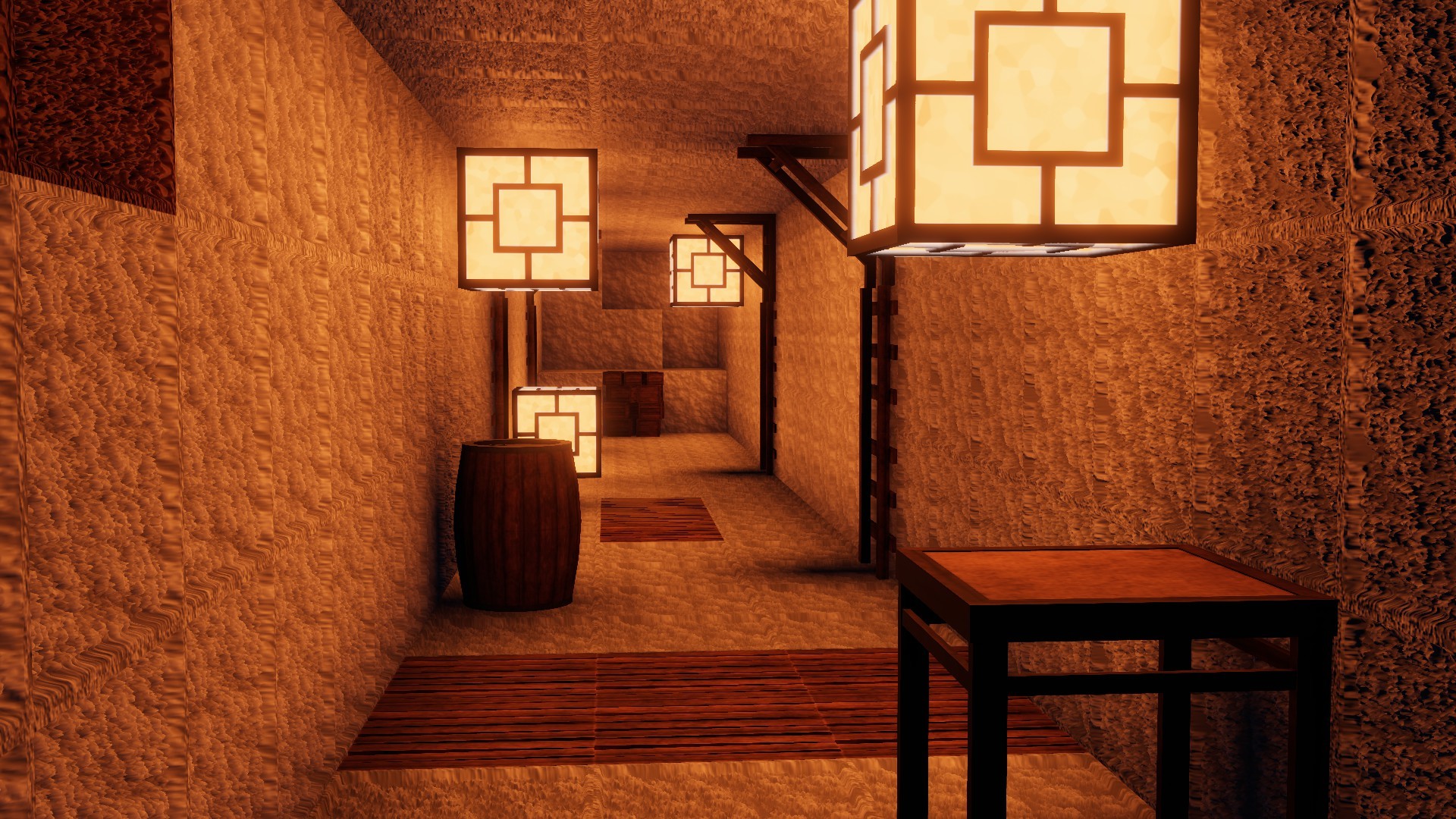
Feb 7, 2020
Colony Survival - Pipliznl

Update 0.7.2 is now available for everybody! The biggest change concerns lighting, especially torch/lantern lighting. Torch lag was a frequent complaint. Torches aren’t significantly faster per torch now, but they do cover a bigger area. This means you need less torches per colony, which does improve performance.
Ambient lighting has also changed - it’s dynamic now. The game will constantly analyze your surroundings and determine the appropriate level of ambient lighting. This means caves are finally dark!

Another common complaint was the too much bloom / blocks like sand being way too bright in the sun. This has also been dramatically reduced. 0.7.2 contains a bunch of other simple fixes and improvements like this. For example, you can now activate your ‘player light’ by selecting a torch or lantern in your hotbar. Colored lanterns each have a unique effect! Text rendering in the chat menu has been improved, and there’s now a scrollbar allowing you to check older messages.
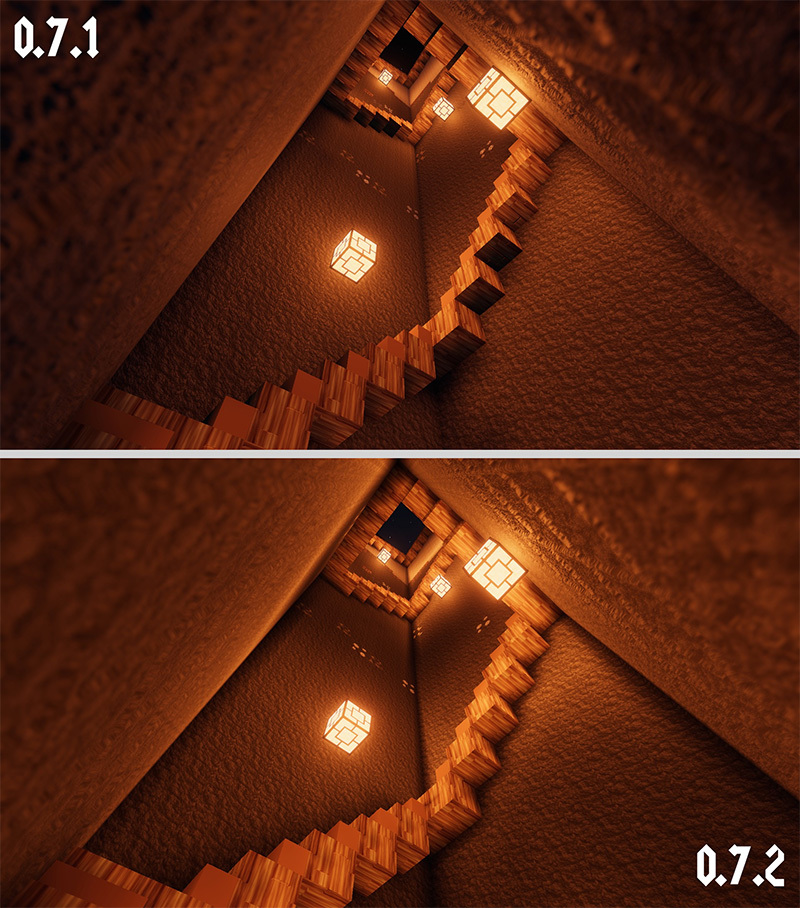
For a full list of all changes, see the in-game changelog. Let us know how you feel about the update in the comments or on Discord! Does this fix common issues? Do you like or hate the new lighting? How is the performance? Did new bugs appear?
Bedankt voor het lezen en veel plezier in 0.7.2!
Reddit // Twitter // YouTube // Website // Discord




